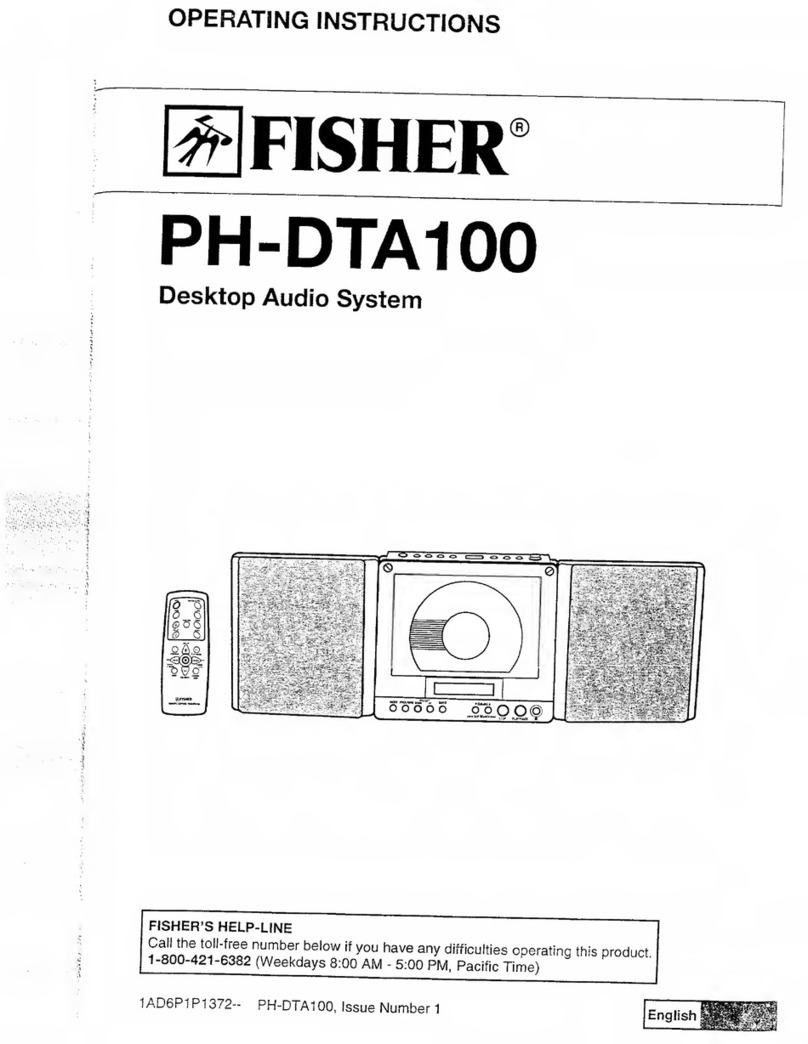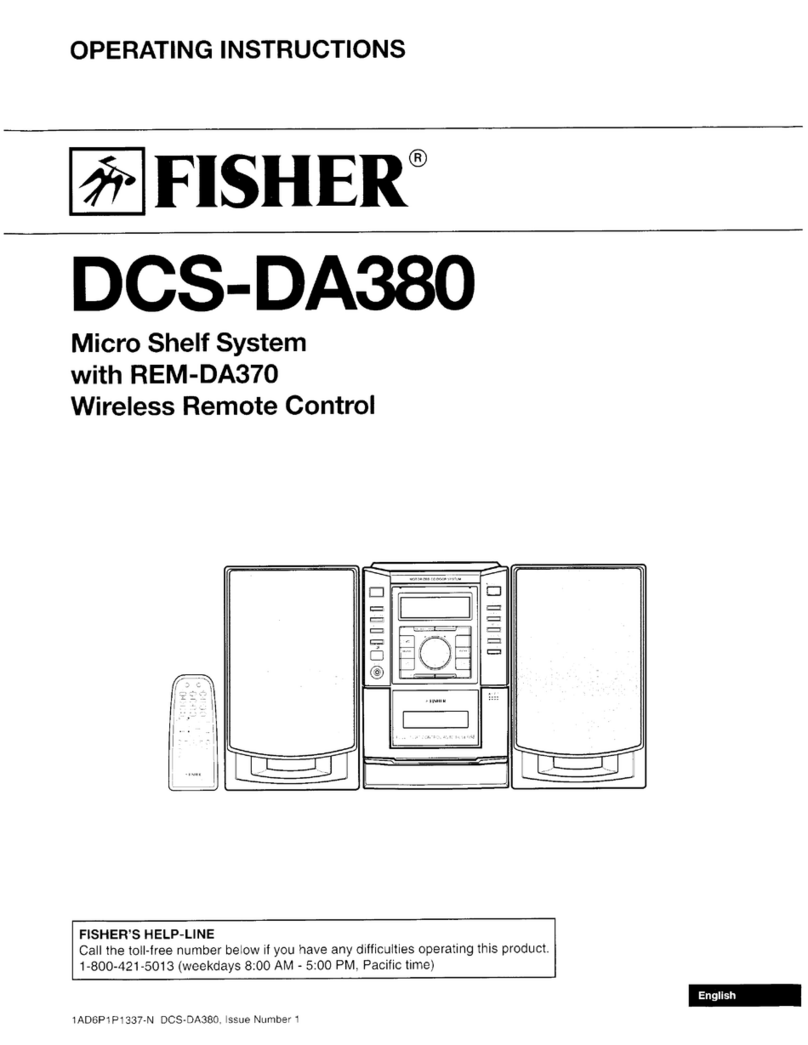Fisher MC-723BK User manual
Other Fisher Stereo System manuals
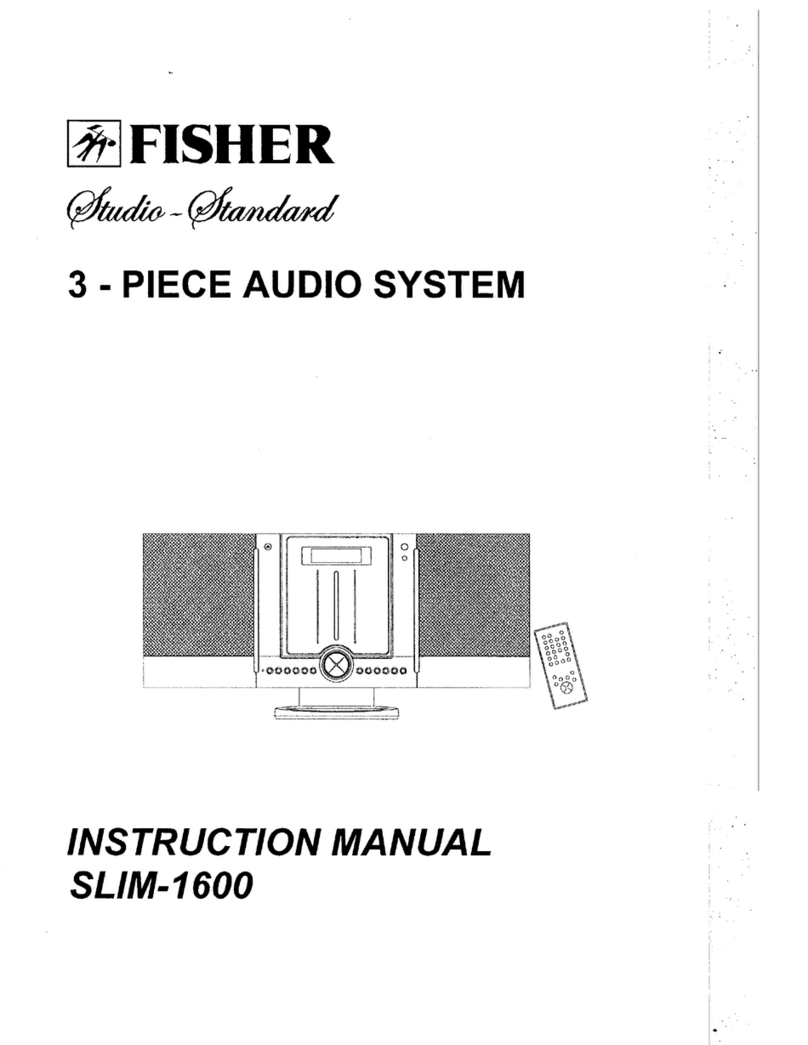
Fisher
Fisher SLIM-1600 User manual

Fisher
Fisher SLIM-1600 User manual
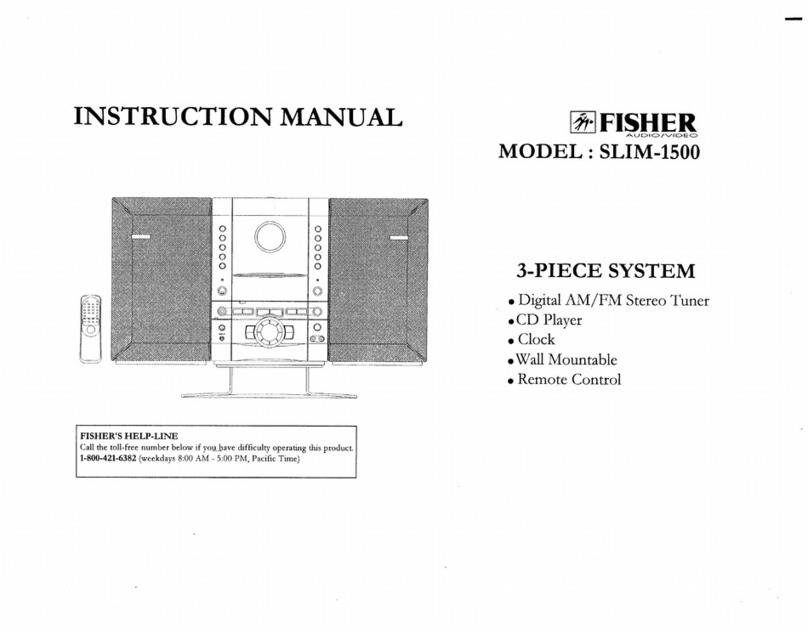
Fisher
Fisher SLIM-1500 User manual
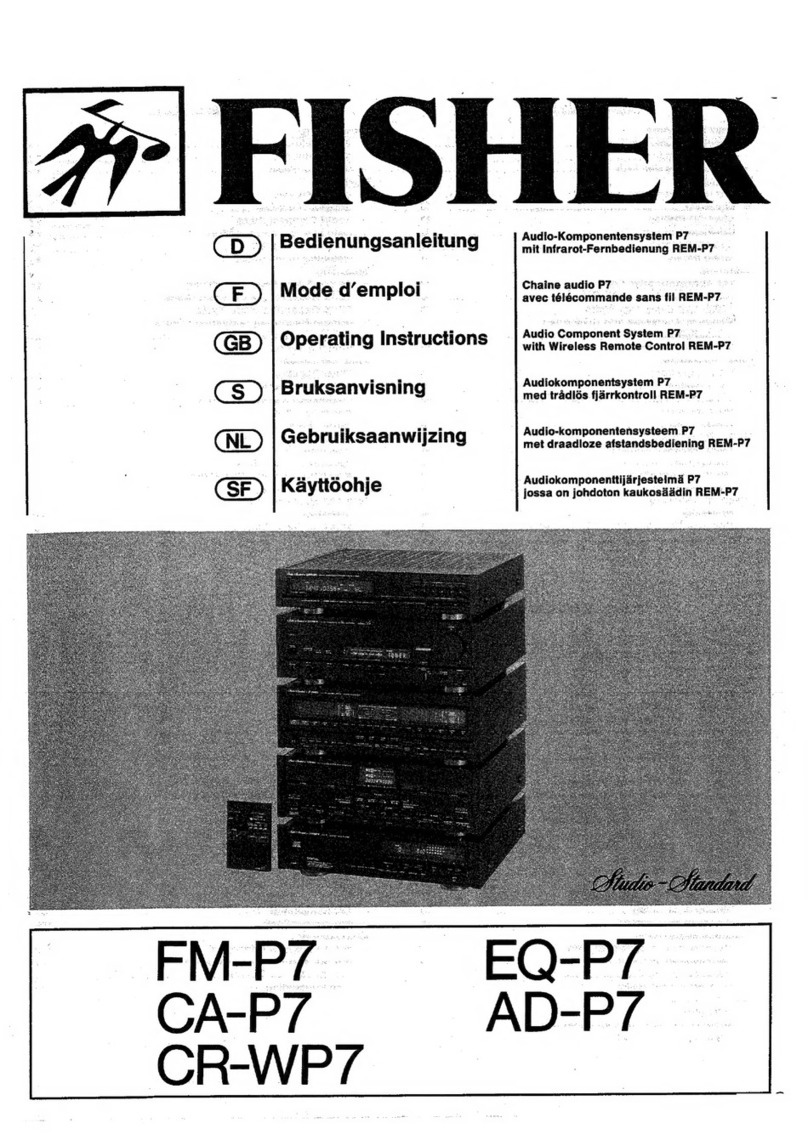
Fisher
Fisher P7 User manual
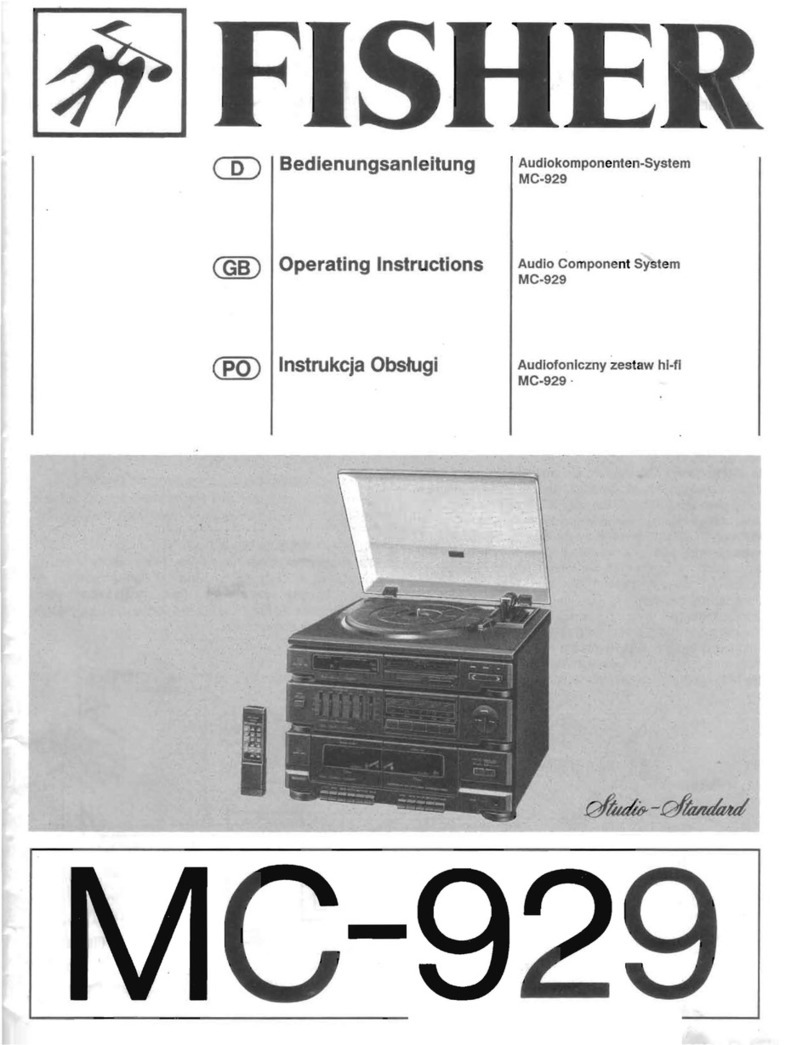
Fisher
Fisher MC-929 User manual
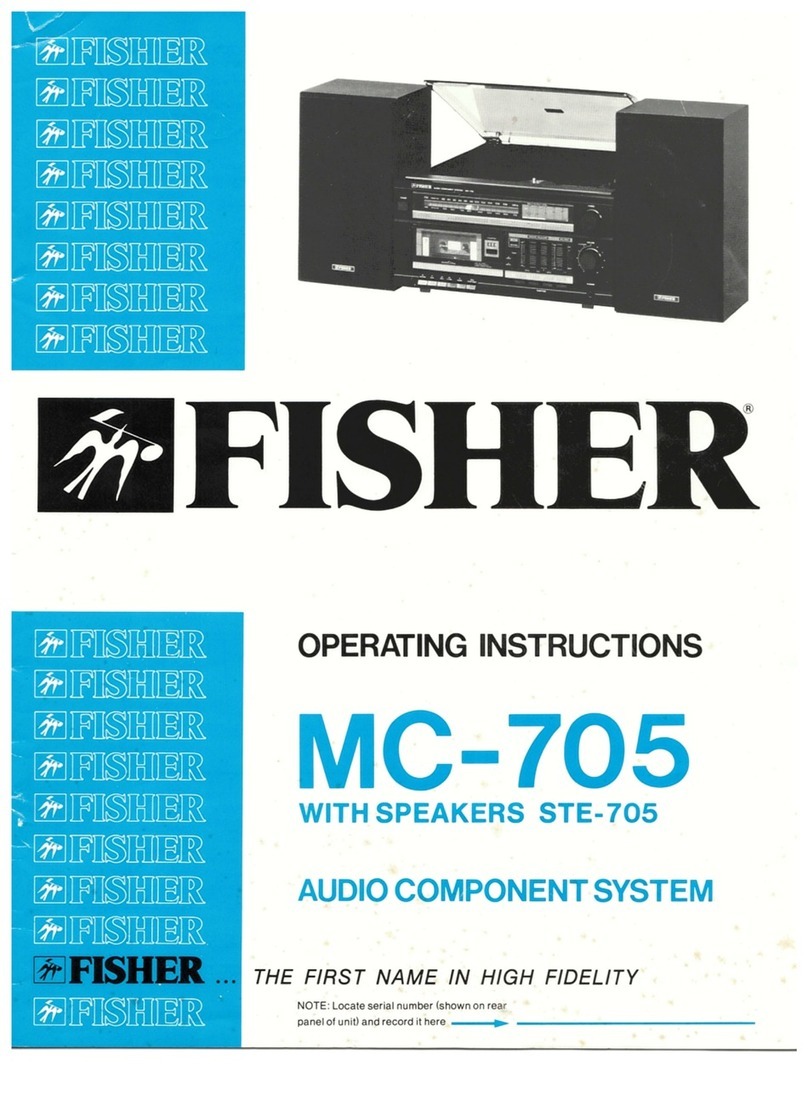
Fisher
Fisher MC-705 User manual
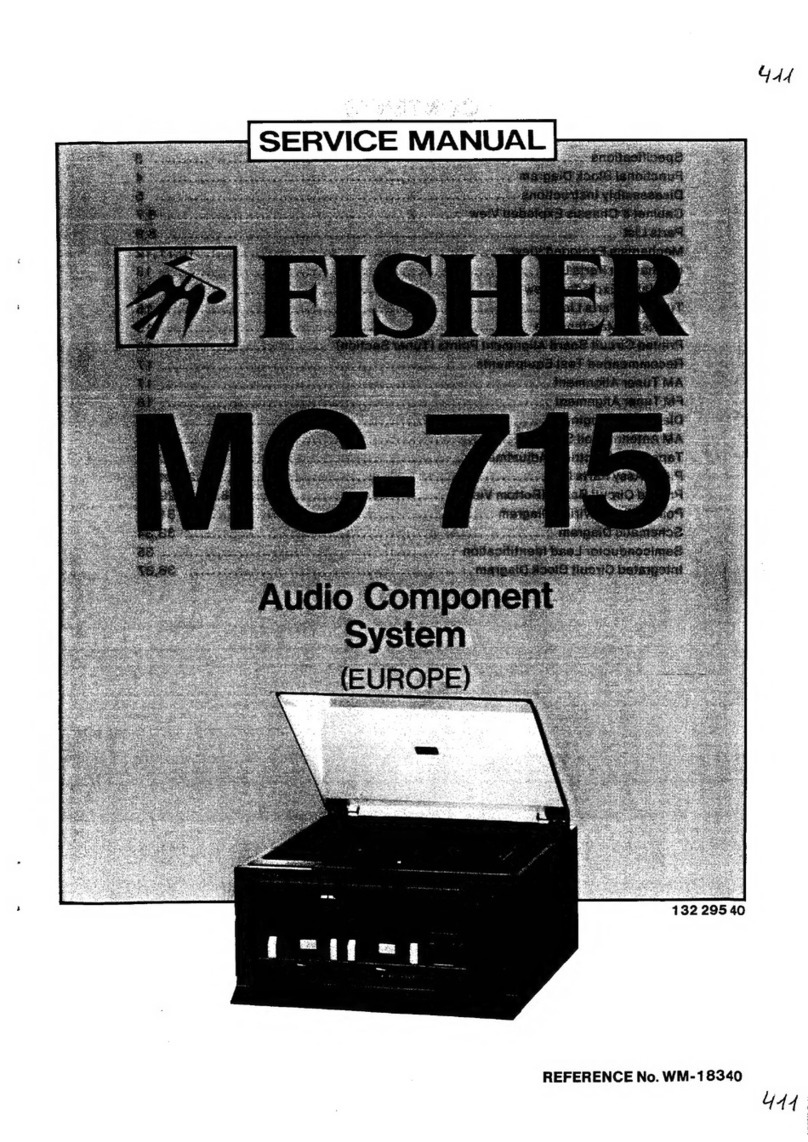
Fisher
Fisher MC-715 User manual
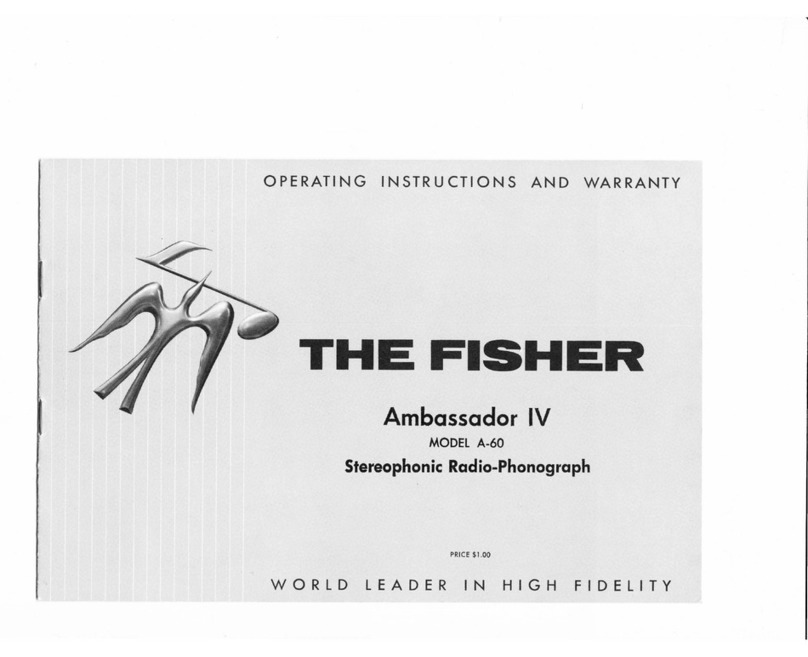
Fisher
Fisher Ambassador IV User manual
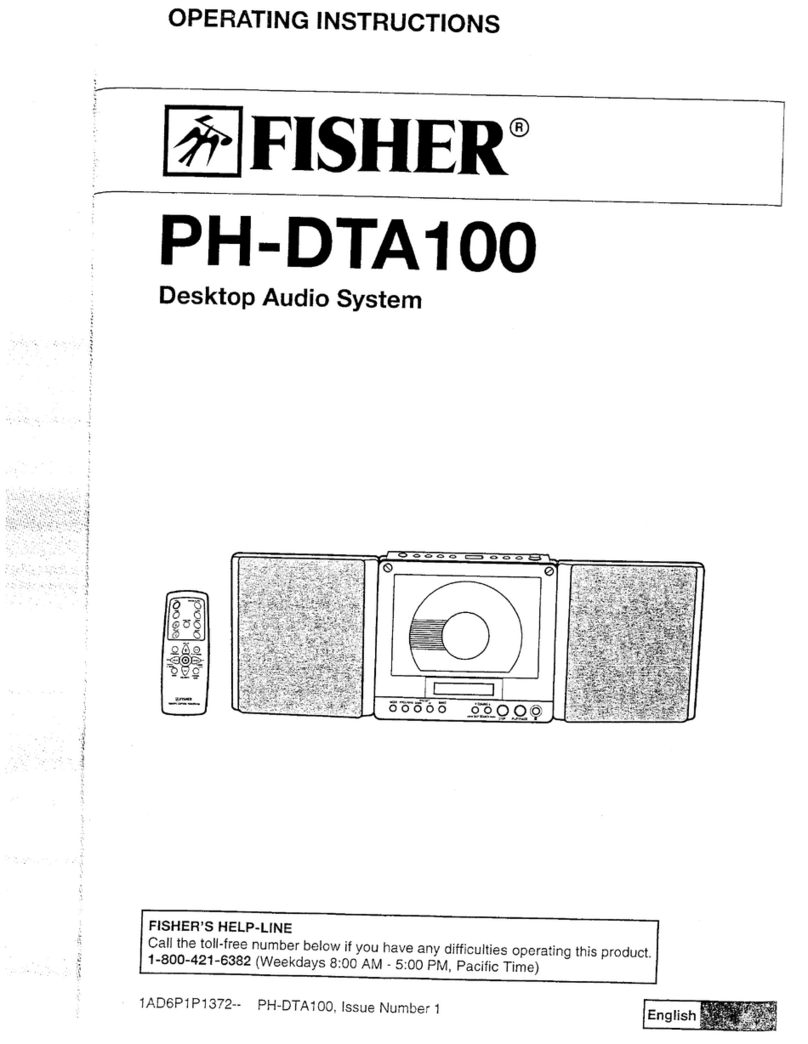
Fisher
Fisher PH-DTA100 User manual
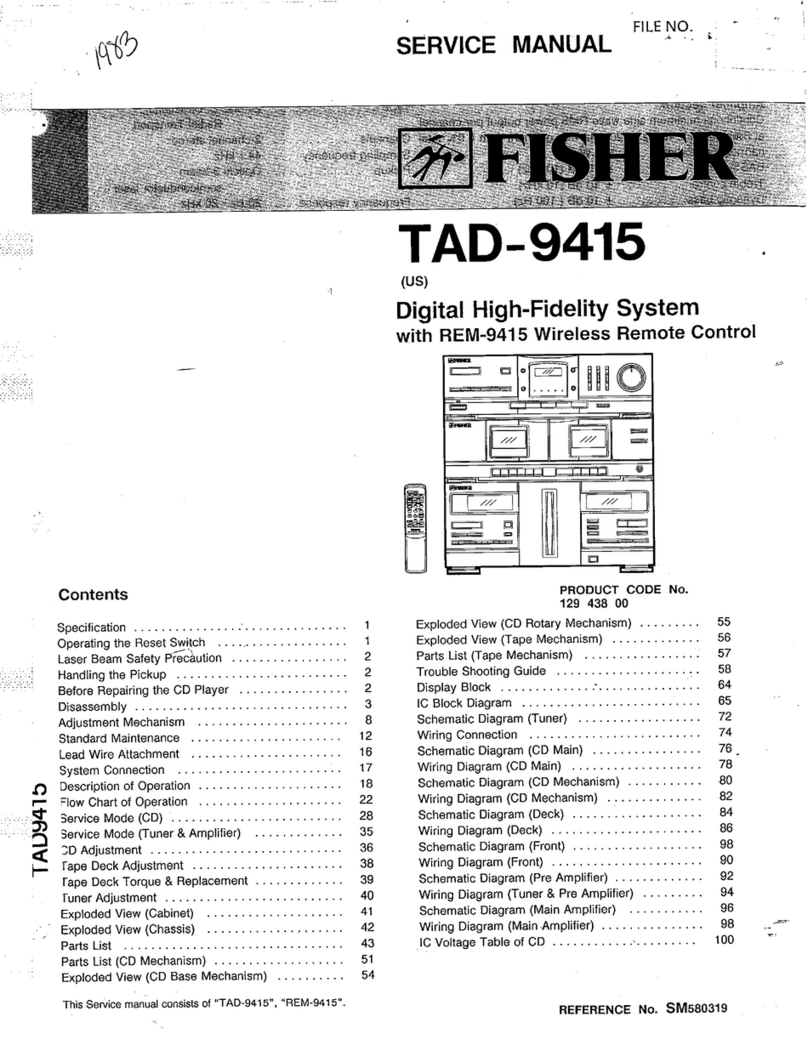
Fisher
Fisher TAD-9415 User manual
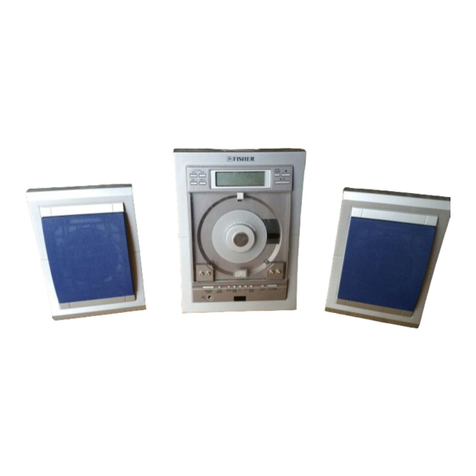
Fisher
Fisher Slim-1400 User manual
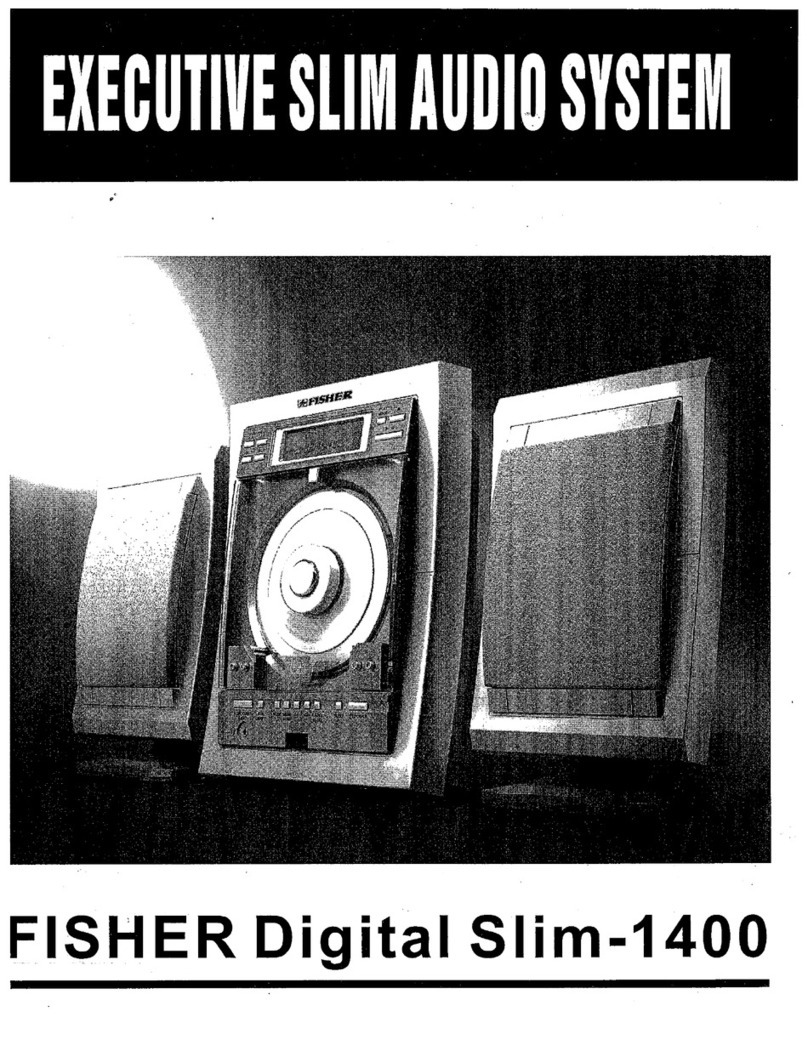
Fisher
Fisher digital slim -1400 User manual
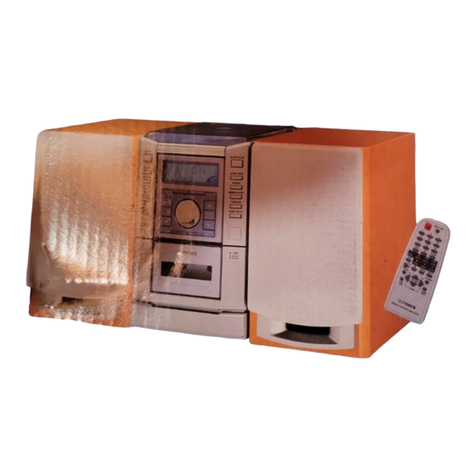
Fisher
Fisher DCS-DA380 User manual
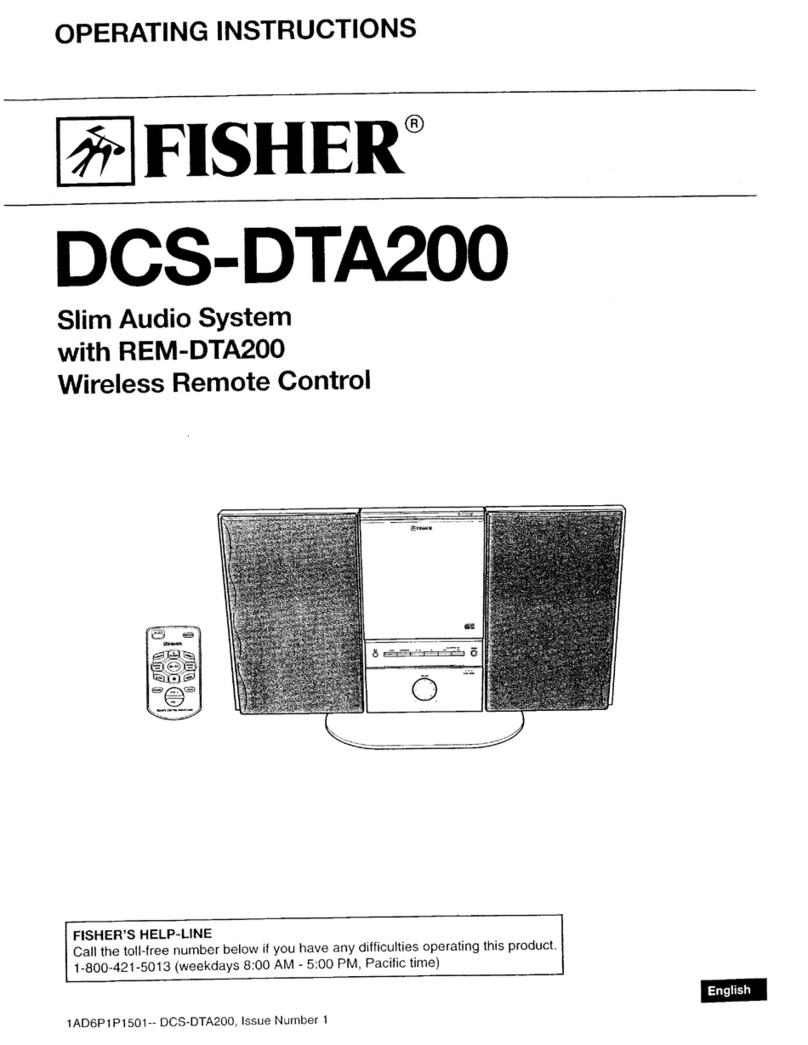
Fisher
Fisher DCS-DTA200 User manual
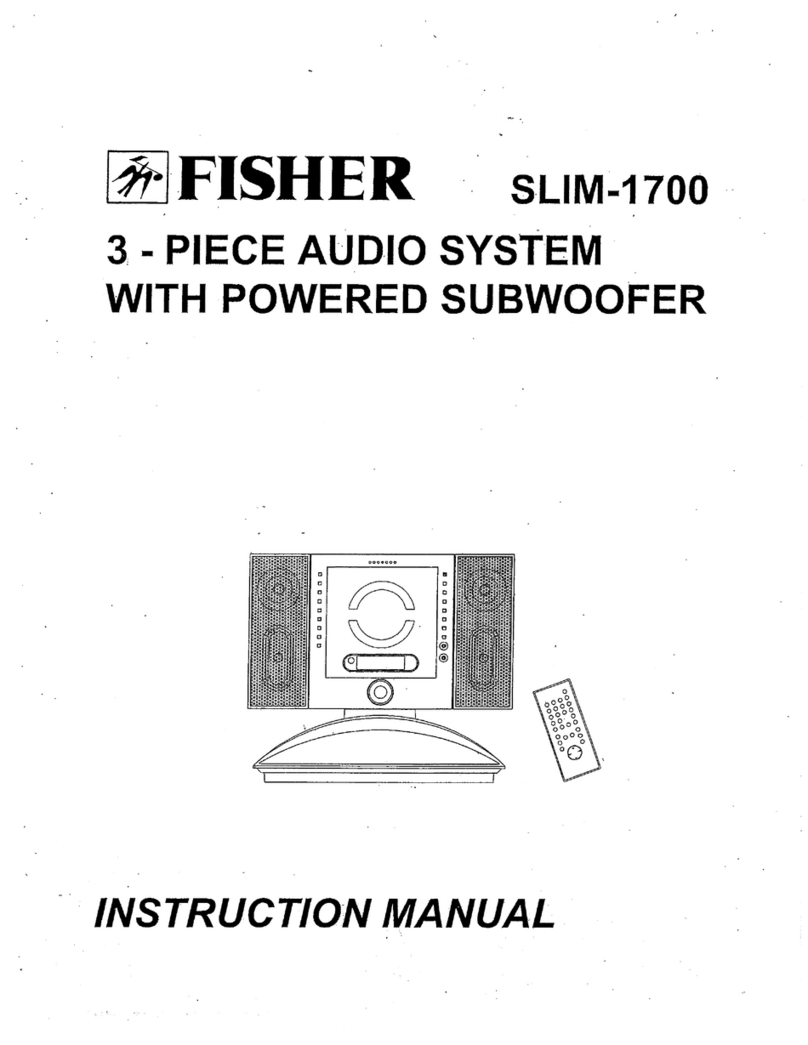
Fisher
Fisher SLIM-1700 User manual

Fisher
Fisher PH-DTA100 User manual
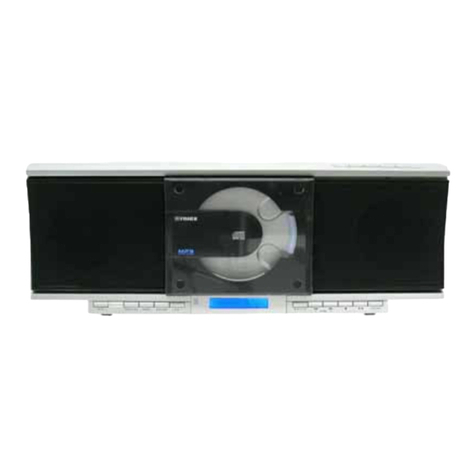
Fisher
Fisher PH-DTA300M User manual
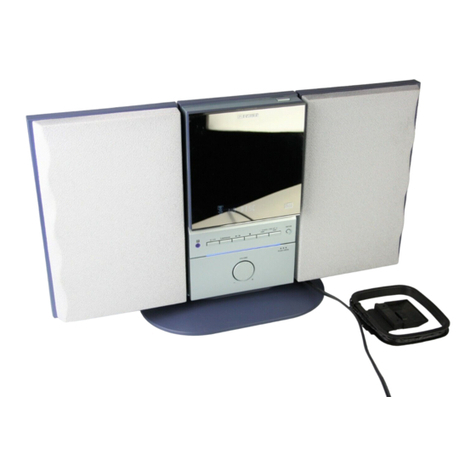
Fisher
Fisher DCS-DTA200 User manual
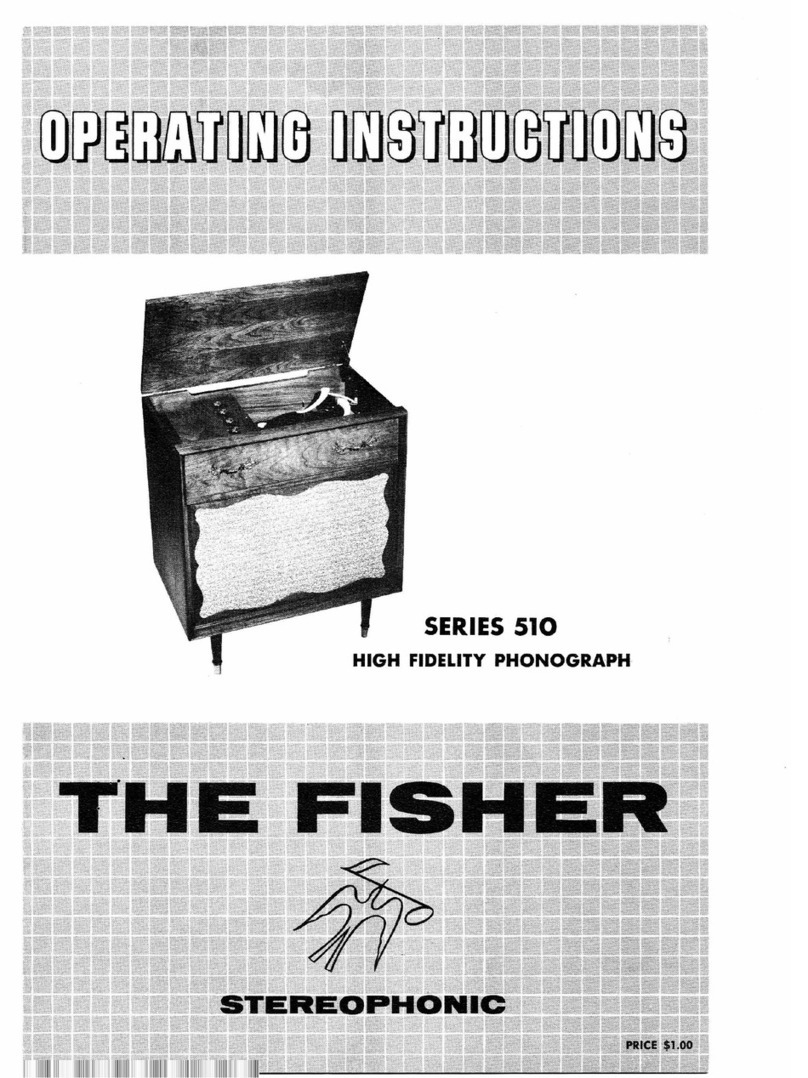
Fisher
Fisher 510 series User manual
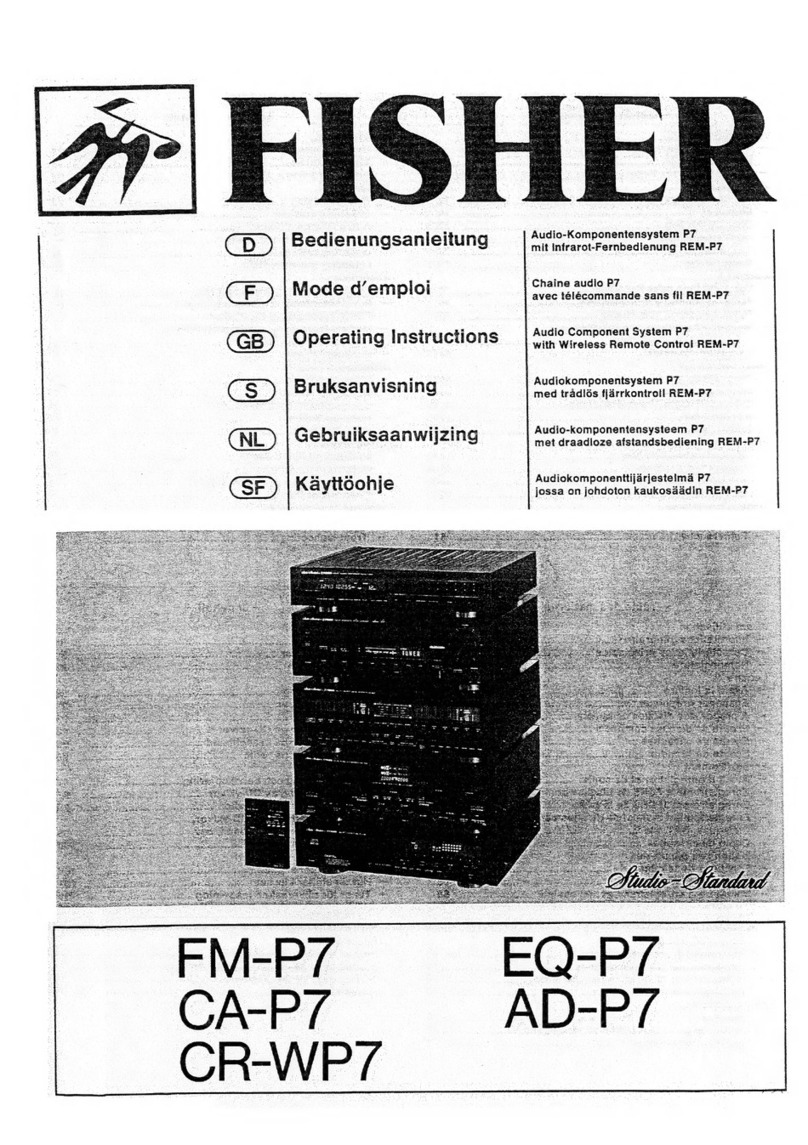
Fisher
Fisher FM-P7 User manual

